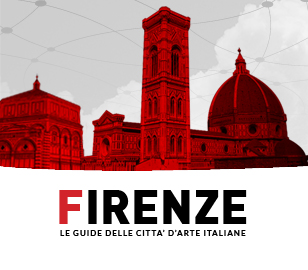Guarino Guarini
Modena 17/01/1624 - Milano 06/02/1683

Entrò nell'ordine dei Teatini di Modena nel 1639 e approfondì gli studi matematico-scientifici a Roma, nel monastero di San Silvestro al Quirinale, dove si trasferì lo stesso anno.
Nella città papale subì l'influenza di Pietro da Cortona, Gian Lorenzo Bernini e soprattutto di Francesco Borromini. Rientrato a Modena fu ordinato sacerdote e ottenne cariche sempre più rilevanti all'interno dell'ordine.
A partire dagli anni '60 cominciò a viaggiare prima in Sicilia, per realizzare la facciata e il convento della Chiesa dell'Annunziata di Messina, e poi, dal 1662 fino al 1666, a Parigi per la chiesa dei Teatini da costruire lungo la Senna (St. Anne la Royale).
Nel 1666 venne chiamato a Torino da Carlo Emanuele II di Savoia che gli commissionò la Cappella della Sindone all'interno del Duomo (1667-94) e la Chiesa di San Lorenzo (1668-75 ca), i massimi capolavori di Guarini e tra le più riuscite architetture barocche della città piemontese.
Qui scrisse alcuni trattati architettonici, matematici e filosofici, mentre nel 1676 progettò la trasformazione del Castello di Racconigi da fortezza medievale a residenza di “delitie”.
Dopo alcuni brevi soggiorni nella città natale fu richiamato a Torino da Giovanna Battista di Savoia Nemours, vedova di Carlo Emauele II, per completare i cantieri della Chiesa della Consolata, della Chiesa di San Filippo Neri, del Collegio dei Nobili, del Palazzo Madama e di Palazzo Carignano.



